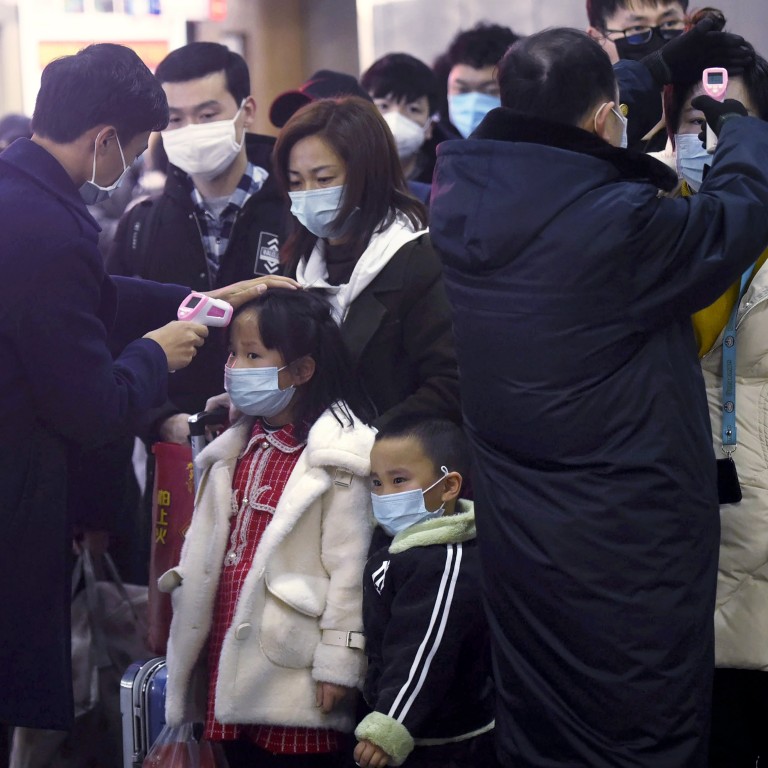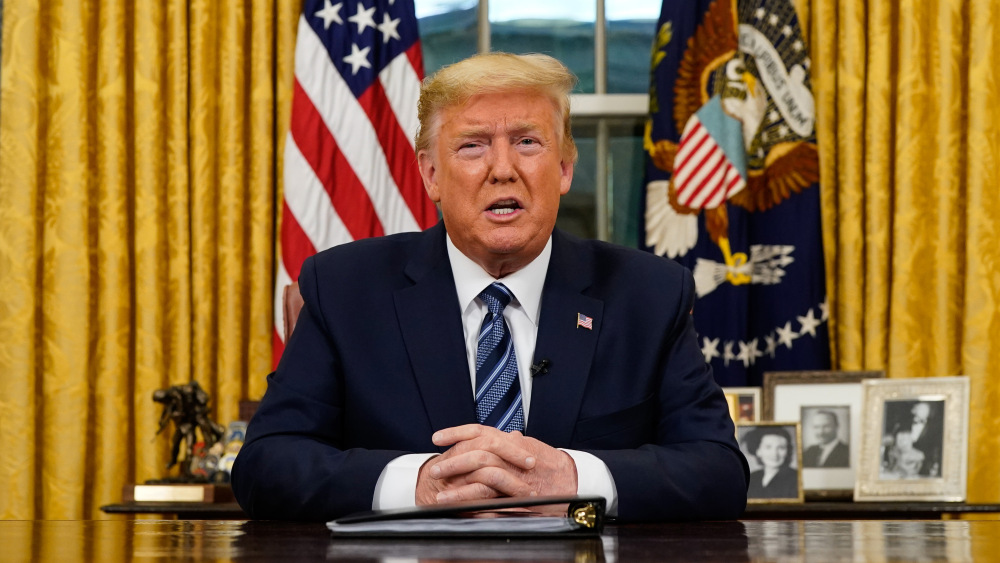
(UNDATED) – The novel coronavirus outbreak began in Wuhan, China in December and expanded to nearly every corner of the world. Hundreds of thousands of people got sick and thousands have died. The World Health Organization (WHO) then declared the virus a pandemic.
Here’s a timeline of how the outbreak has unfolded so far:
Dec. 31, 2019: WHO says Mysterious Pneumonia Sickening Dozens in China
Health authorities confirm that dozens of people in Wuhan, China are being treated for pneumonia from an unknown source. Many of those sickened had visited a live animal market in Wuhan, but authorities say there is no evidence of the virus spreading from person to person.

Jan. 11, 2020: China Reports 1st Novel Coronavirus Death
The Chinese government reported the first death from the virus – a 61-year-old man who had visited the live animal market in Wuhan.
Jan. 21, 2020: 1st Confirmed Case in the United States
A man in his 30s from Washington state, who traveled to Wuhan, was diagnosed with COVID-19. Officials in Japan, South Korea, and Thailand also note their first cases a day prior to it arriving in the U.S.

Jan. 23, 2020: China Imposes Strict Lockdown in Wuhan
China imposes aggressive containment measures in Wuhan, suspending flights and trains and shutting down subways, buses, and ferries.
Jan. 30, 2020: WHO Declares Global Health Emergency
For the sixth time in history, the World Health Organization declares a “public health emergency of international concern,” a designation reserved for extraordinary events that threaten to spread internationally.
Feb. 5, 2020: Diamond Princess Cruise Ship Quarantined
More than 3,600 passengers are quarantined on a cruise ship off the coast of Yokohama, Japan, while passengers and crew undergo health screenings. The number of confirmed cases on board the ship is more than 700, making it one of the largest outbreaks outside of China.

Feb. 11, 2020: Novel Coronavirus Renamed COVID-19
The World Health Organization announces that novel coronavirus’ formal new name is COVID-19. “Co” stands for coronavirus, “Vi” is for virus and “D” is for disease. Health officials purposely avoid naming COVID-19 after a geographical location, animal or group of people, so as not to stigmatize people or places.
Feb. 26, 2020: 1st Case of Suspected Local Transmission in the United States
The Centers for Disease Control and Prevention confirm the first case of COVID-19 in a patient in California with no travel history to an outbreak area, nor contact with anyone diagnosed with the virus. It’s suspected to be the first instance of local transmission in the United States. Oregon, Washington, and New York soon report their first cases of possible community transmission.
Feb. 29, 2020: 1st Death Reported in the United States
The first COVID-19 death is reported in Washington state, after a man dies on Feb. 28 at Evergreen Health Medical Center in Kirkland, Washington. Two deaths that occurred Feb. 26 at a nearby nursing home would later be recorded as the first COVID-19 deaths to occur in the United States.

March 3, 2020: CDC Lifts Restrictions for Virus Testing
The CDC issues new guidance that allows anyone to be tested for the virus without restriction. Previously, only those who had traveled to an outbreak area, who had close contact with people diagnosed with COVID-19, or those with severe symptoms, could get tested.
March 13, 2020: Trump declares a National Emergency
President Donald Trump declares a U.S. national emergency, which he says will open up $50 billion in federal funding to fight COVID-19.

March 15, 2020: CDC Warns against Large Gatherings
The Centers for Disease Control and Prevention warns against holding or attending gatherings larger than 50 people, for eight weeks to stop the spread of the virus.



